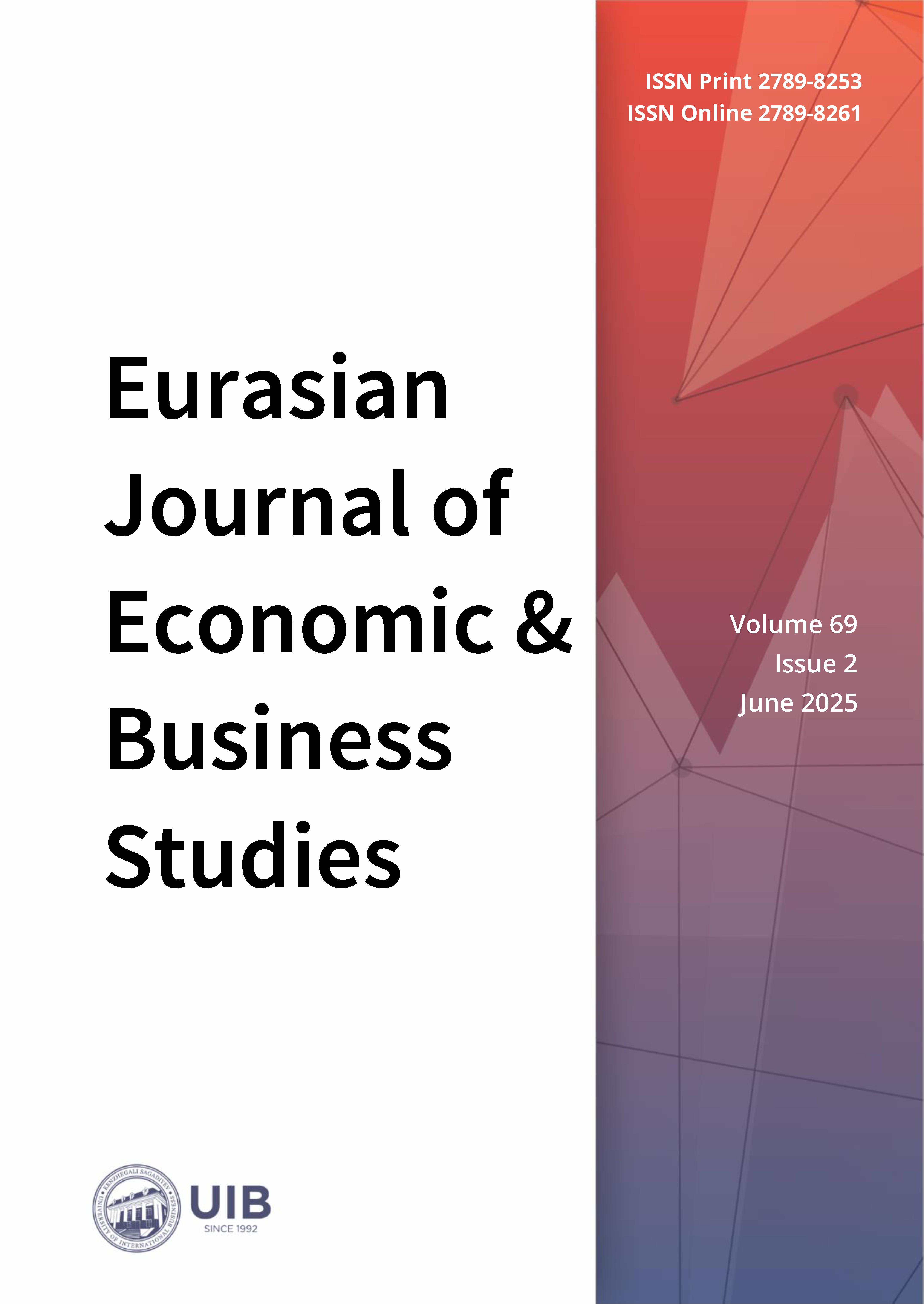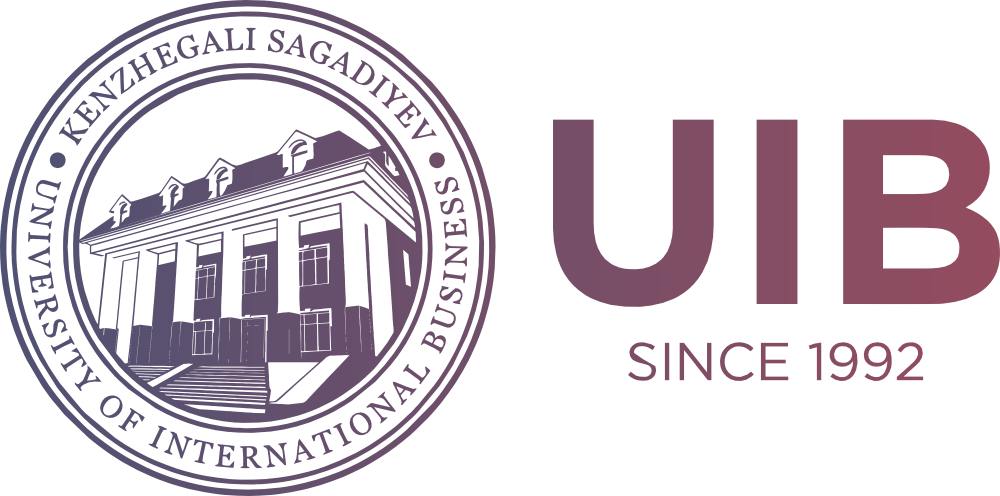Structural Barriers and Opportunities for Financial Inclusion of Women in Kazakhstan
DOI:
https://doi.org/10.47703/ejebs.v69i2.492Keywords:
Women, Gender, Gender Economics, Women's Business, Women's Entrepreneurship, Bank, Banking Sector, Business Environment, Financial AccessibilityAbstract
Despite steady growth in banking resources in Kazakhstan, female engagement in credit markets remains uneven and constrained by structural imbalances. The current study aims to assess the impact of structural features of the banking sector in Kazakhstan on financial accessibility and women's involvement in credit relations. To measure structural accessibility, a composite indicator was developed using two groups of variables: resource-based indicators (interbank deposits, loans received, and customer deposits) and concentration indicators (top-5 banks’ share of assets, loan portfolios, and customer deposits). The statistical materials on the regulation and development of the financial market and the National Bank of Kazakhstan and Bureau of National Statistics for 2013-2023 were used as initial data. The study results show that credit availability for women has not increased proportionally despite the steady growth of banking resources. The theoretical availability index decreased to 0.487 in 2023 due to the high concentration of the banking sector, and correlation analysis confirmed the absence of a statistically significant relationship between structural opportunities and the actual volume of women's loans. Periods with strong resource growth and moderate theoretical accessibility, such as 2018, coincided with peak credit issuance to women despite high sectoral concentration. These findings highlight the need to account for institutional, behavioral, and policy-driven factors when evaluating financial inclusion outcomes. Further research should focus on a detailed analysis of the impact of government programs and initiatives and the study of behavioral and institutional factors limiting women's financial activity.
Downloads
How to Cite
Downloads
Published
Issue
Section
License

This work is licensed under a Creative Commons Attribution 4.0 International License.
Authors retain copyright and grant the journal right of first publication with the work simultaneously licensed under a Creative Commons Attribution (CC-BY) 4.0 License that allows others to share the work with an acknowledgment of the work’s authorship and initial publication in this journal.



